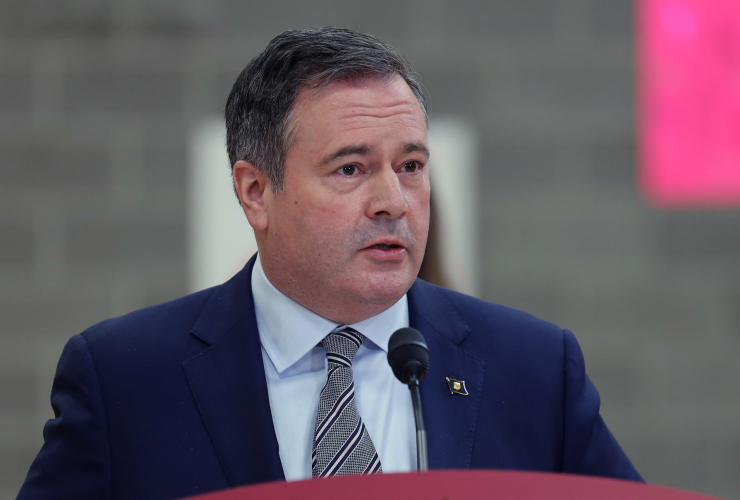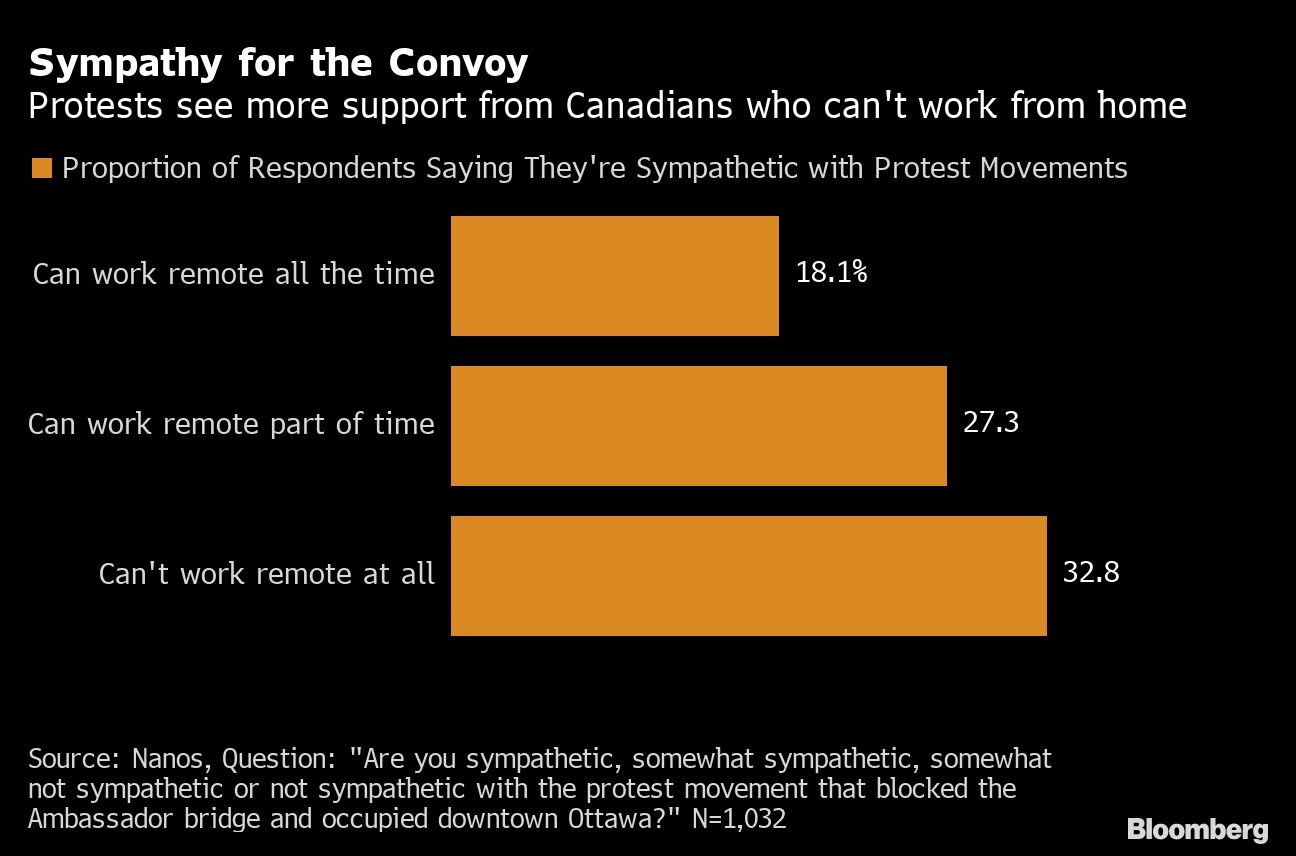
Queen Elizabeth II met with Canada Prime Minister Justin Trudeau on Monday.
Photo courtesy of Buckingham Palace/Twitter
March 7 (UPI) -- Queen Elizabeth II met Monday with Canadian Prime Minister Justin Trudeau, marking her first in-person official meeting since her COVID-19 diagnosis two weeks ago.
The 95-year-old queen, Britain's longest reigning monarch, tested positive on Feb. 20 and said at the time she was experiencing "mild cold-like symptoms." She recovered last week and made virtual appearances with foreign diplomats before the meeting with Trudeau.
The queen, wearing a long-sleeve dress and pearl necklace and earrings, smiled and grasped Trudeau's hand in greeting at Windsor Castle, a photo released by Buckingham Palace showed.
The queen has been staying at Windsor Castle, about an hour away from London's Buckingham Palace, through the COVID-19 pandemic, after previously using it as a weekend getaway, and has decided to make it her permanent home and main official residence, The Sunday Times reported.
Trudeau thanked her "for being a stabilizing force throughout the pandemic and congratulated Her Majesty on her Platinum Jubilee," the prime minister's office said in a statement.
The jubilee weekend in June will mark the queen's 70th year on the British throne.
"The Prime Minister highlighted that Canada will celebrate her Platinum Jubilee and seven decades of Canadian achievements by hosting a range of activities throughout 2022 and support community projects and initiatives across the country," his office statement said.
Before her recovery last week, Queen Elizabeth postponed two virtual events as she experienced cold-like symptoms, but she upheld a weekly audience with Britain's Prime Minister Boris Johnson.
She was fully vaccinated and had a booster shot before her COVID-19 diagnosis.
Trudeau also met with Johnson Monday to discuss response to the Russia-Ukraine war.
RELATEDCOVID-19 surges in Hong Kong with 300,000 cases, 1,200 deaths in week
"Canada will impose new restrictions on 10 individuals complicit in Russia's unjustifiable invasion of Ukraine, including former and senior government officials, and supporters of Russian leadership," Trudeau's office said in a statement. "These measures put further pressure on Russia's leadership, including President Putin's inner circle, to cease its repeated violations of human rights and Ukraine's sovereignty and territorial integrity."
"Both leaders agreed to pursue further joint support for Ukraine by providing critical humanitarian and military aid and ensuring that Russia is held accountable for its illegal, unprovoked and unjustifiable invasion, including by referring the attacks to the International Criminal Court," the statement continued.
Trudeau and Johnson also agreed to work together on other global issues, such as economic recovery from the pandemic and climate change, according to the statement.
They also joined a trilateral meeting with Netherlands Prime Minister Mark Rutte to discuss additional response to Russia's violation of international law, the statement added.
That weird photo of Queen Elizabeth going around is fake
MARK FRAUENFELDER

A widely spread photo of Queen Elizabeth with her head in an abnormally low position is fake. You can see Steve Parsons' actual photo of the Queen shaking hands with Canadian Prime Minister Justin Trudeau at Getty Images.
Why would someone create and post a photo like this? Gizmodo suggests that it's because there's a rumor that the Queen died some time ago. But how could such a photo support that rumor? My theory is it is just someone trying to be funny. What do you think?
Trudeau was in the U.K. to discuss the situation in Ukraine.

(Image credit: Getty/Steve Parsons)
By Iris Goldsztajn
When the Queen is photographed in one of the royal homes, the objects featured in the background always tell a carefully curated story.
In the latest example, the monarch received Canadian Prime Minister Justin Trudeau at Windsor Castle on March 7, and the scene was set to make a strong statement in support of Ukraine.
As the two heads of state spoke, a large bouquet of blue and yellow flowers was visible behind them—that's blue and yellow to represent the Ukrainian flag.
Trudeau was in the U.K. to meet with Prime Minister Boris Johnson for discussions relating to the Ukrainian crisis following the Russian invasion. The Canadian statesman acknowledged on at least two occasions that he also discussed Ukraine with the Queen.
"@JustinTrudeau confirmed he discussed the #Ukraine #UkraineUnderAttaсk #UkraineRussia situation with the Queen and she had plenty to say: 'I was able to talk about the situations we are facing and draw on her long experience from having seen much over these past decades,'" tweeted royal editor Roya Nikkhah.
Posting on Instagram Stories, Trudeau wrote, "It's always wonderful to see Queen Elizabeth II. When we met at Windsor Castle, we spoke about a wife range of issues—including global affairs, the situation in Ukraine, and Her Majesty's lifetime of service to Canada and the Commonwealth."
The meeting was also significant because it was the Queen's first in-person engagement since she contracted COVID in February.
This isn't the first time the Queen has broken her usual impartiality to show her support for peace in Ukraine. She also recently made a "generous donation" to the Disasters Emergency Committee (DEC) Ukraine Humanitarian Appeal, according to The Sun.
Roya Nikkhah@RoyaNikkhah📷 @PA5:58 AM · Mar 7, 2022·Twitter for iPhone



















